Exploring Future Space Stations: Innovative Designs Ahead
Written on
Chapter 1: The Future of Space Stations
As we look to the future, the design of space stations is becoming increasingly important. Currently, the high costs associated with launching cargo into orbit pose significant challenges. However, advancements are being made to reduce these expenses, including the development of alternative launch methods like space elevators, bridges, and cannon-based systems. Once we can transport construction materials to orbit more affordably, we will enter a new era of large-scale space construction. This article examines some of the most promising space station designs on the horizon.
The first video titled "What's NASA's Plan for Future Space Stations?" provides insights into NASA's vision for future space habitats and their role in our exploration of the cosmos.
Bernal Sphere
One fascinating concept for a future space station is the Bernal Sphere. This massive sphere would be sent into space, filled with air, and spun to generate artificial gravity. The centripetal force would create a gravitational effect, strongest at the equator and diminishing towards the poles, allowing inhabitants to live comfortably along the inner equator.
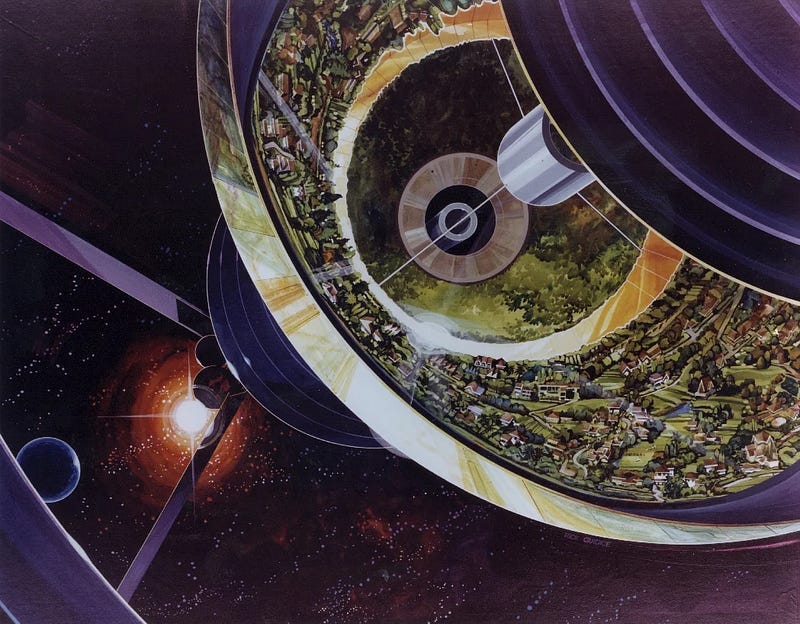
An artist's depiction shows the interior of this sphere, where residents would enjoy an environment similar to Earth’s.
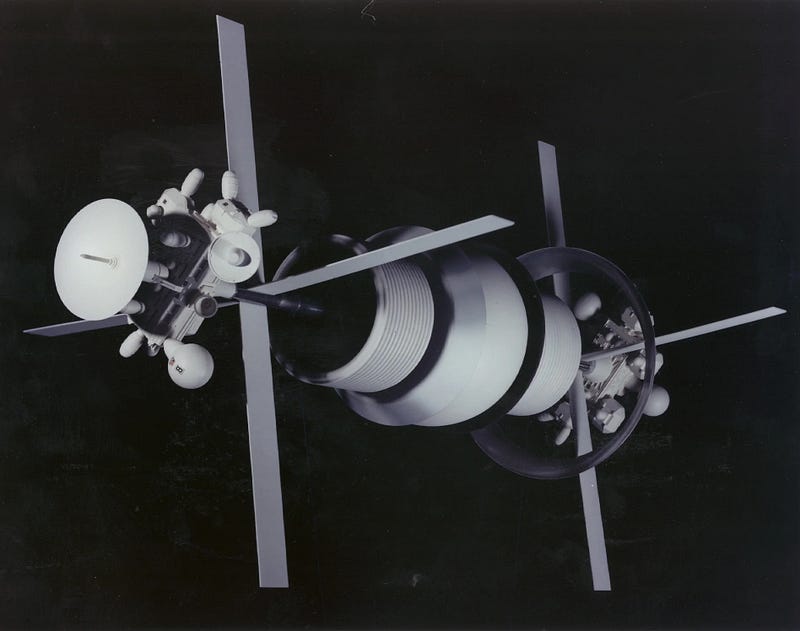
The exterior view showcases the central unit and its accompanying engines, which maintain the rotation and orbit of the sphere.
O’Neill Colonies
In the 1970s, scientist Gerald O’Neill proposed variations of the Bernal Sphere, introducing the Island I and Island II models, both measuring 500 and 1500 meters in diameter, respectively. Though these designs share similarities with Bernal's original concept, they offer more manageable scales for construction.
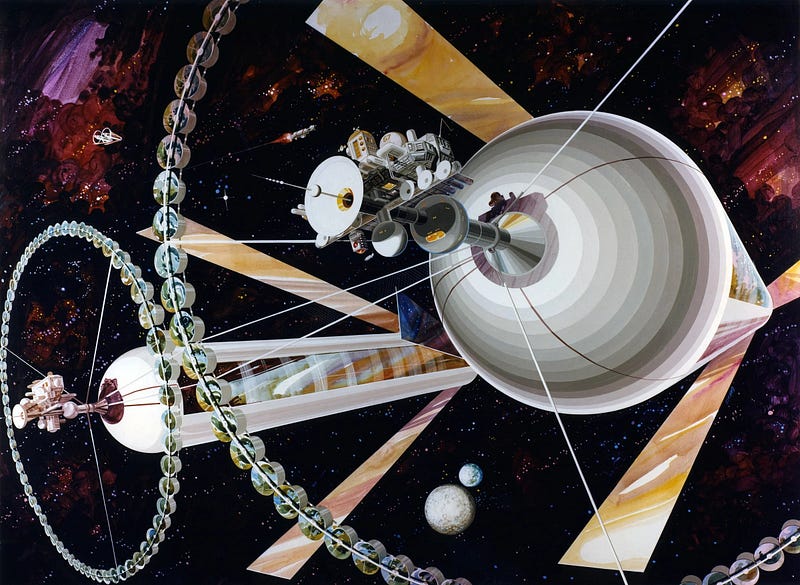
O'Neill's most ambitious design, Island III, consists of two cylinders rotating in opposite directions. This rotation would create gravity on the interior surface, mimicking the conditions found on Earth.
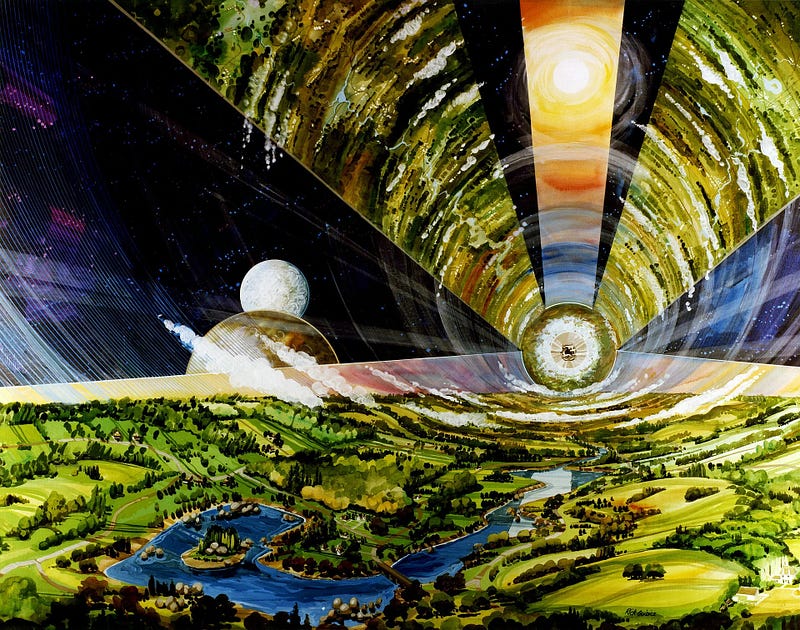
Unlike Bernal, O’Neill envisioned these colonies positioned at Lagrangian points near the Moon, where gravitational forces are significantly more favorable for long-term habitation.
Stanford Torus
Another leading design is the Stanford Torus, a large rotating ring. With a diameter of 1800 meters, this torus could support about 10,000 residents while generating a gravitational force of approximately 0.9 g.
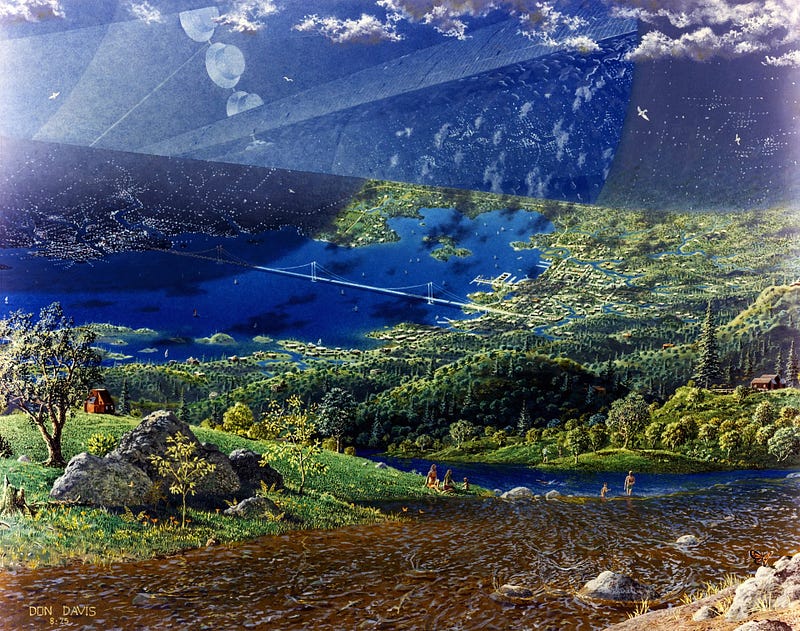
To ensure a constant supply of sunlight, a sophisticated system of mirrors would be required to adjust their angles in accordance with the torus’s rotation.
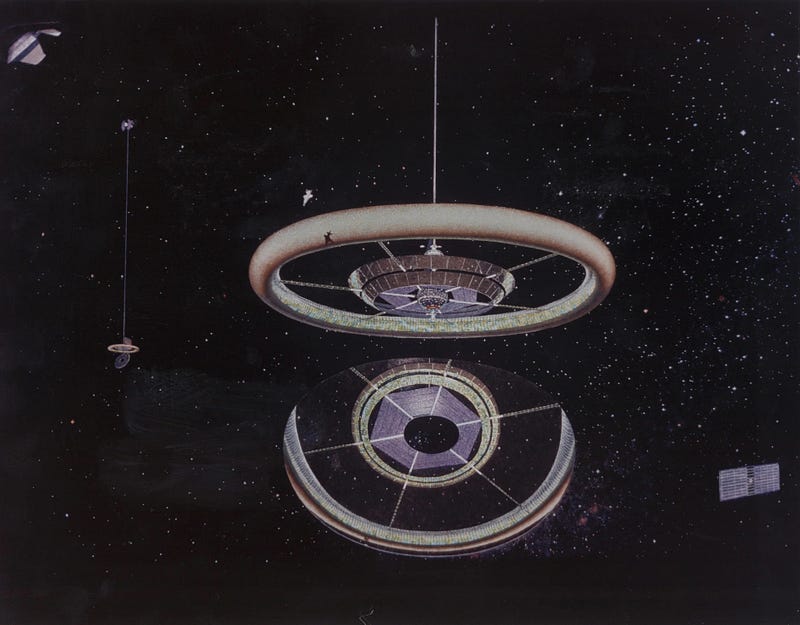
At the center of the torus would be a stable station acting as the axis of rotation and connected to various tunnels and ports.
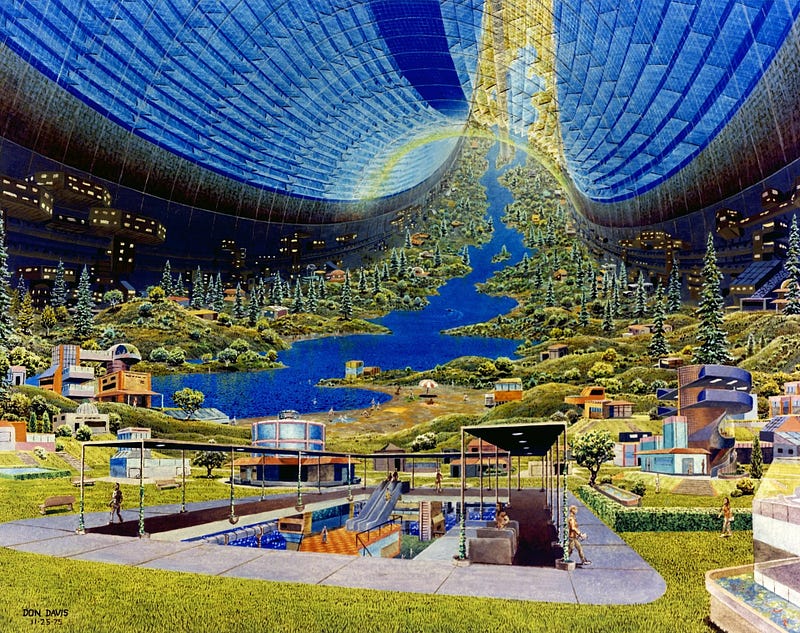
Currently, the Stanford Torus is regarded as one of the most viable concepts in astrological engineering, often featured in science fiction narratives.
Dyson Sphere
Another intriguing concept is the Dyson Sphere, designed to encompass the Sun to capture its energy. However, studies indicate that such a structure would face stability challenges due to gravitational forces, leading to its eventual disintegration.
Exploring alternatives like Niven’s Ring (a narrower band around the Sun) and the Criswell Structure (a system of rotating rings) could provide solutions to these challenges.
To delve deeper into the potential of future space stations, consider subscribing to our channel for more insightful articles about space exploration.